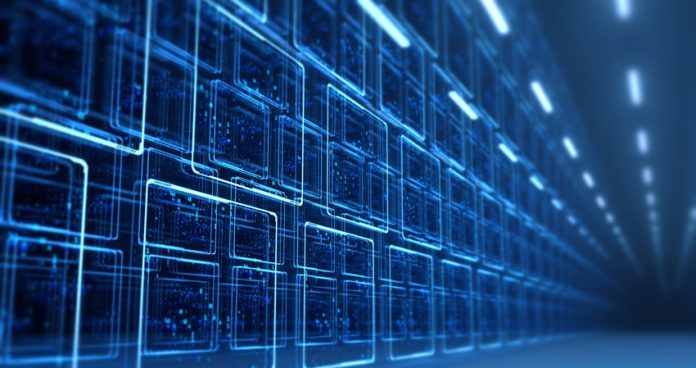Data lineage is the lifecycle of data that explains all the stages from which data goes through, i.e. from its origin, to it being processed and through all the stages that it goes through.
Data lineage is also very useful for the data analyst or other people who handle it, as they heavily rely on data and it matters all the more to them that the data is coming from a legit source.
This data when processes, plays a key role in the decision-making process.
Data lineage keeps track of your data to mark its consistency.
When a user uses data lineage, he can get the answer to the following things:
- From where did data arrive.
- Which information can be extracted from this data?
- What is the location of the data?
- When was the data last processed?
Now let us see why we need Data lineage
- For a developer: Data lineage helps developers to find the bugs into the data. This way the developer gets to ensure that the data remains bug-free and does not create any issues while it is being processed.
- For a user: Well, with data lineage the user can get accurate reports. He just needs to filter out the data according to his needs.
- For a data analyst: Data lineage ensures that the accurate data should reach the data scientist as he is the one who prepares a detailed report. He then segregates the data according to its use.
- For the operator: Now the job of the operator is to dismantle the report if it is faulty. This means he needs to cross-check everything and target the fields which he considers to be affected.
5 Best Practices of Data lineage
The owner of the data needs to effectively transfer the rights of handling data to the person who needs to use it in the future.
Data lineage helps the owner/analyst in tracking who is using the data currently and who is modifying it.
The data owner has special rights to control data. He should keep his data in such a place that only the person who has the authorization rights can only use it.
By doing this, the owner has the full information who is updating, using, and modifying the data and whom to contact in case any issue arises.
Here, the organization needs to mark the importance of data and keep track of it accordingly and even segregate the critical ones.
For any sensitive data, strict policies should be framed in order to maintain their secrecy and protect them.
Now, in every organization, the data is used several times to extract information and in report generation.
The reports help the organization to gain insights into its business and ultimately helps in decision making.
By following the best practices of data lineage an organization can find out the source of the error if in case this exists in the report.
People are often of the view that if we have used the data then why don’t just delete it. Here, the organization needs to understand that each and every aspect of data is important.
If not now, then maybe in the coming future you will need that data. For this, you need to create datasets that will help you in the maintenance and keeping a track of any additional data which holds some complimentary value to your main data.
Conclusion
Data lineage is very important for every organization whose business is based around data. The organization must follow the best practices of data lineage in order to keep its data healthy, at all times.
Also, data lineage will help an organization in maintaining the data for future usage and reference.
Recommended For You:

